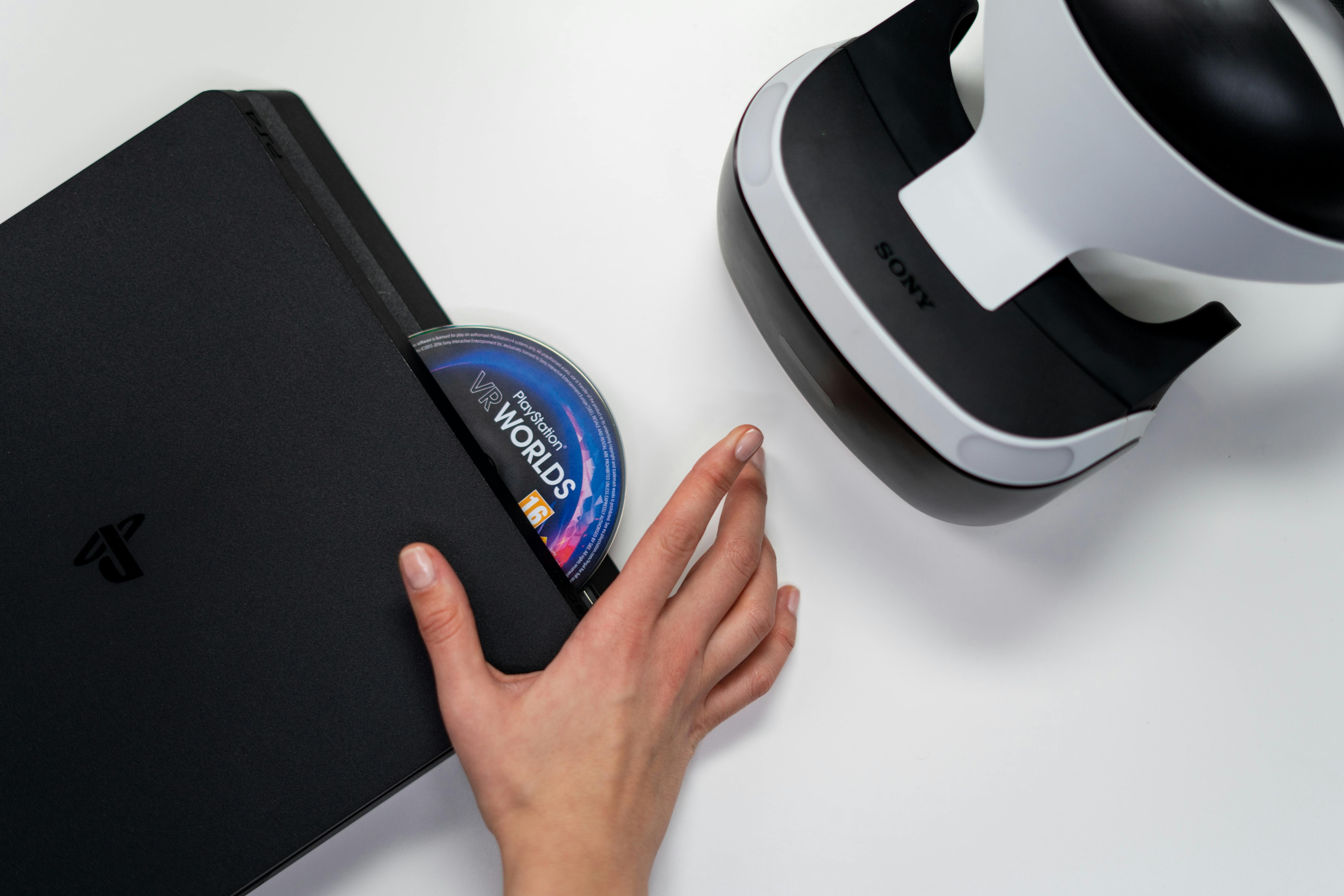Shielding in PCB Assembly
When electromagnetic interference interferes with a circuit, the resulting signal errors can lead to malfunction or even failure. To prevent these signals from affecting the performance of a PCB, EMI/RFI shielding covers critical circuits with metal shields that protect them from radiation and absorption of interference. But implementing the correct shielding solutions can be challenging, especially for flexible flex boards, where space and weight constraints may limit available options.
EMI/RFI shielding can be implemented at the printed circuit board assembly level using copper layers or silver ink, as well as using specialized shielding films for dynamic bend applications. While these materials are effective at suppressing EMI, they increase the overall thickness of a flex circuit, violating minimum bend requirements and potentially compromising mechanical integrity.
To combat this issue, engineers can implement a variety of PCB assembly techniques to achieve an optimal combination of performance and durability. These include minimizing component leads that pass through the board to reduce “antenna” effects, properly placing copper lands to facilitate efficient soldering, and reasonable distancing of intra-interference potentials. In addition, enclosures can be designed to suppress EMI by providing a physical barrier between the flex circuit and any external electronics.
However, these methods can often be complex for flex boards, where shielding may affect performance and limit the number of components that can be placed on the panel. Furthermore, enclosures can add a significant amount of weight to the final product, which may be undesirable for transportable and lightweight applications.

Benefits of EMI/RFI Shielding in PCB Assembly
To overcome these challenges, EMI/RFI shielding can be achieved through a number of different conductive materials used for gaskets and insulators. Conductive silicones are a popular choice because they have excellent tensile strength and are available in a wide range of durometers for different environments and application needs. Other conductive material options include neoprene, which is compressive, and particle-filled silicons, which have higher durometers and are reinforced with nickel or graphite.
In addition, EMI/RFI shielding can also be incorporated in the design phase through PCB layout tools such as Altium Designer. These tools allow designers to import their layouts into MCAD software and create enclosure-level designs that suppress interference. Additionally, they can communicate their enclosure requirements through standard assembly drawings.
To learn more about EMI/RFI shielding, contact a trusted PCB supplier. They can offer expert advice and a wide variety of custom EMI/RFI shielding materials, including copper foil tapes in various lengths, widths, and thicknesses. These tapes can be cut to a precise fit, which reduces waste and saves money. In addition, they can be made in a range of sizes, shapes, and formats, including custom cuts for specific PCB components and traces. They can also be manufactured with tabs for pick and place machines, “mouse” holes for routing patterns to cross in and out of the shields, and a range of finishes.


